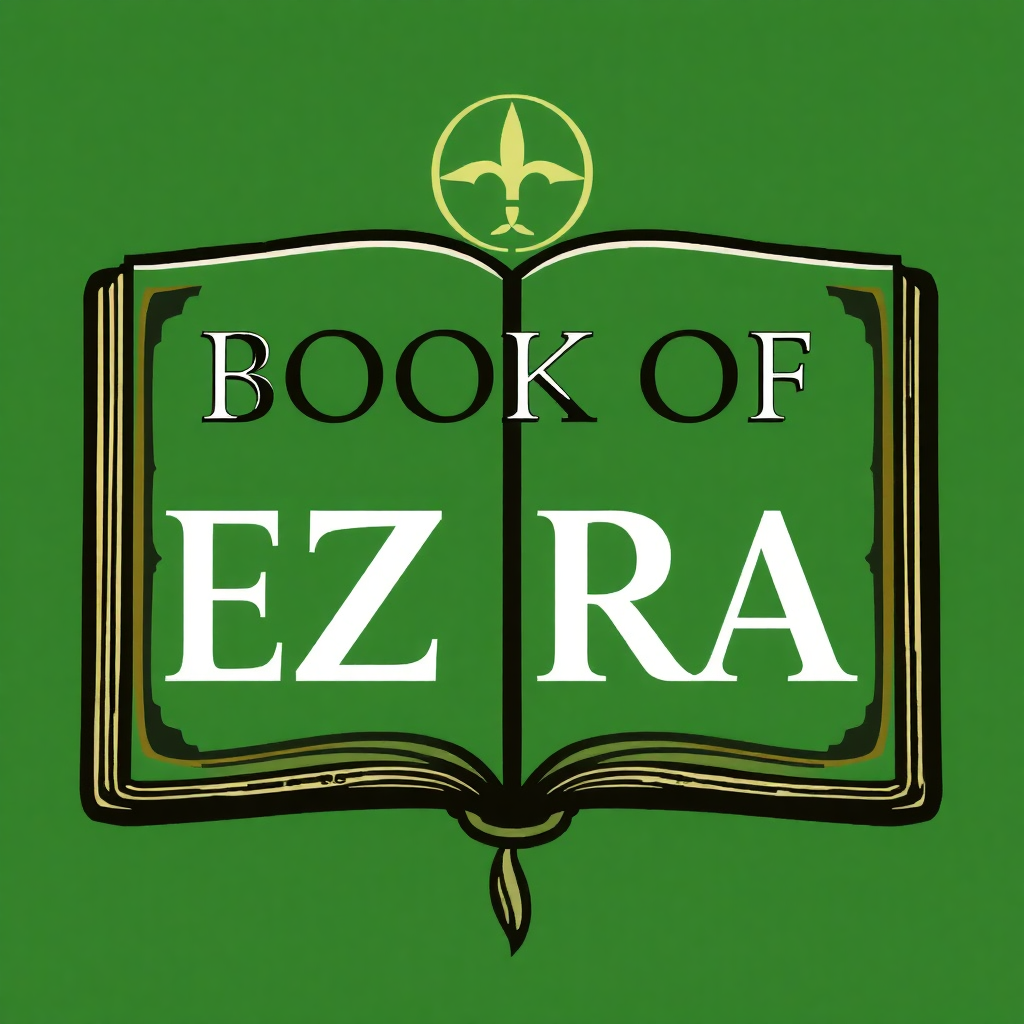The Book of Ezra: A Blueprint for Spiritual Restoration
Ezra himself represents the ideal of the scribe-priest, combining deep learning with passionate devotion. His expertise in the Law of Moses positions him as both teacher and reformer, someone capable of interpreting ancient traditions for contemporary challenges.
The Book of Ezra stands as one of the most compelling narratives in the Hebrew Bible, chronicling the remarkable journey of the Jewish people as they returned from Babylonian exile to rebuild their homeland and restore their religious identity. This historical and theological masterpiece offers profound insights into themes of redemption, leadership, and the challenges of maintaining faith in the face of adversity.
Historical Context and Background
The Book of Ezra is set during the Persian period, specifically between 538 and 458 BCE, following the fall of the Babylonian Empire to Cyrus the Great of Persia. After seventy years of exile, the Jewish people were finally granted permission to return to Jerusalem and rebuild their temple. This period marked a pivotal moment in Jewish history, representing not just a physical homecoming but a spiritual renaissance that would shape the future of Judaism.
The book is traditionally attributed to Ezra the Scribe, though modern scholarship suggests it may have been compiled from various sources. It forms part of the Chronicler's work, along with Nehemiah and Chronicles, presenting a unified theological perspective on Israel's restoration. The narrative draws from official Persian documents, personal memoirs, and genealogical records, providing both historical authenticity and spiritual depth.

Structure and Major Themes
The Book of Ezra divides naturally into two main sections, each focusing on a distinct phase of restoration. The first six chapters detail the initial return under Zerubbabel's leadership and the rebuilding of the temple, while chapters seven through ten chronicle Ezra's mission and his reforms. This structure emphasizes the dual nature of restoration: physical reconstruction and spiritual renewal.
Central to the narrative is the theme of divine providence working through human instruments. Cyrus, a pagan king, becomes God's anointed vessel for liberation, while Ezra emerges as a reformer dedicated to purifying the community's religious practices. The book demonstrates how God's purposes transcend political boundaries and work through unexpected channels to accomplish divine will.
Another prominent theme is the tension between inclusion and exclusion in the restored community. The returning exiles faced the challenge of defining their identity while dealing with those who had remained in the land and potentially compromised their faith. This struggle raises enduring questions about religious purity, cultural assimilation, and the boundaries of community membership.
Key Characters and Their Significance
Zerubbabel, grandson of King Jehoiachin, emerges as the political leader of the first return, embodying hopes for restored Davidic leadership. His collaboration with Joshua the high priest demonstrates the importance of cooperation between civil and religious authority in rebuilding the nation. Their joint leadership in reconstructing the temple symbolizes the restoration of proper worship as the foundation of community life.
Ezra himself represents the ideal of the scribe-priest, combining deep learning with passionate devotion. His expertise in the Law of Moses positions him as both teacher and reformer, someone capable of interpreting ancient traditions for contemporary challenges. Ezra's grief over intermarriage and his radical solution reflect the urgency he felt about maintaining the community's distinct identity in a pluralistic environment.
The opposition figures, including Rehum and Shimshai, represent the external resistance that often accompanies spiritual renewal. Their letters to the Persian court illustrate how political maneuvering can obstruct divine purposes, yet the narrative ultimately demonstrates that human opposition cannot thwart God's plans.
Contemporary Relevance and Applications
The Book of Ezra speaks powerfully to modern readers facing their own challenges of restoration and renewal. Religious communities today grapple with similar questions about maintaining distinctive identity while engaging constructively with broader society. The book's emphasis on the centrality of Scripture in community life resonates with contemporary movements seeking to ground their practices in foundational texts.
The narrative also offers insights into effective leadership during times of transition. Both Zerubbabel and Ezra demonstrate different but complementary leadership styles, showing how administrative competence and spiritual vision must work together to achieve lasting change. Their example encourages modern leaders to balance practical concerns with deeper spiritual purposes.
Furthermore, the book's portrayal of opposition and perseverance provides encouragement for those facing resistance in their own restoration efforts. The eventual completion of the temple despite numerous setbacks demonstrates that persistence in righteous endeavors ultimately prevails.
The Book of Ezra remains a timeless guide for anyone seeking to understand the dynamics of spiritual restoration, the challenges of leadership, and the complex relationship between faith and culture in a diverse world.